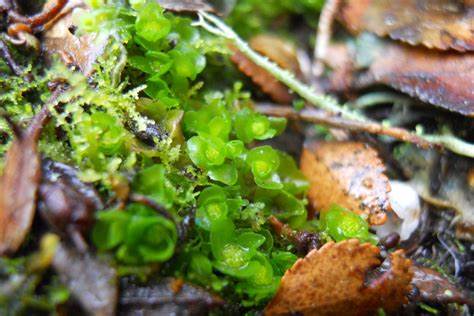This is the VOA Special English ENVIRONMENT REPORT.
American scientists say the first plants may have appeared on Earth hundreds of millions of years earlier than fossil records suggest. They say this could have had a major effect on the climate and development of life on Earth.
Researchers at Pennsylvania State University studied genetic evidence from the modern-day plants that developed from early plants. The evidence suggests that organisms called fungi first appeared on land more than one-thousand-million years ago. It shows that plants first appeared on land about seven-hundred-million years ago. Land plants and fungi are believed to have developed from sea plants called algae.
Until now, scientists had believed plants and fungi first appeared on land about five-hundred-million years ago. That estimate was based on the oldest-known fossils.
The new theory has led researchers to believe that the presence of plants may have led to the early development of animal life. They say plants may have changed the Earth’s climate and caused a cooling period when the Earth was covered with ice. That was followed by the appearance of animal life about five-hundred-million years ago. This event is called the Cambrian Explosion.
Plants produce oxygen, which animals need to survive. They also lower the levels of carbon dioxide in the atmosphere. Carbon dioxide traps heat from the sun in the atmosphere and causes the Earth to warm.
Researchers say plants could have increased oxygen and lowered carbon dioxide enough for animals to grow larger and develop into different species.
Some scientists have believed that plants and fungi could have appeared much earlier than first thought. But they had no record of this because fossils of early plants have not been discovered. Scientists believe that plant tissues were too soft to be protected as fossils in rock.
Researchers made the new finding by studying the genes of living kinds of fungi, plants and animals. They studied the rate of change in the genes of species during the passage of time. Genes change at a similar rate when a new species develops. The scientists matched this “genetic clock” with evolutionary events whose dates have been proven in the fossil record. This helped them estimate how long ago a species developed.
This VOA Special English ENVIRONMENT REPORT was written by Cynthia Kirk.
